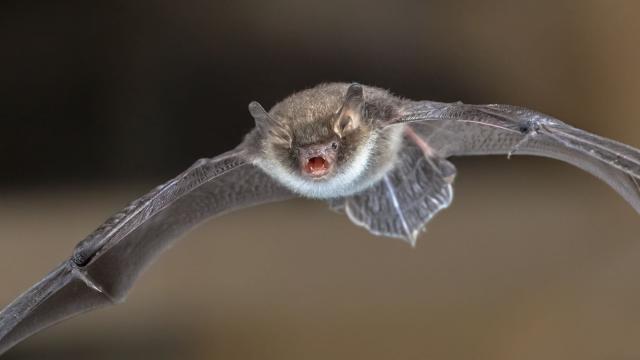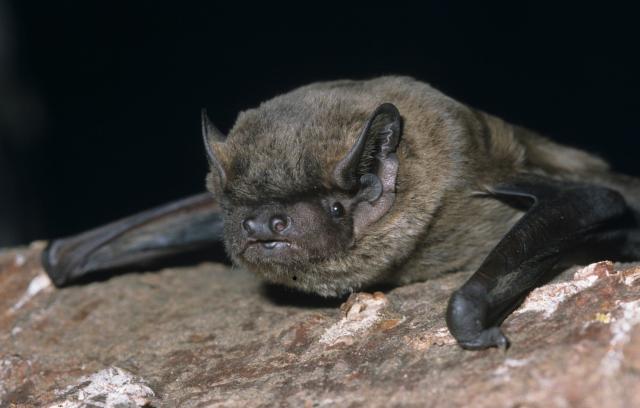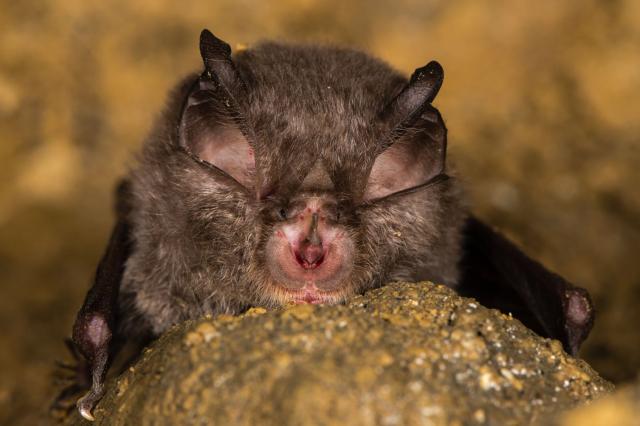Bats
Bats are not only amazing animals to watch, they are also a good environmental indicator as they are a top predator feeding on a range of common nocturnal insects.
Find out more about some of the bat species you are most likely to encounter in the Forest’s woods.
Natterer's Bat
Look out for their white bellies at night as they fly overhead.

Leisler's Bat
Look out for this fast-flying species hunting around the tree-packed areas of the Forest at sunset.

Daubenton's Bat
See this fast and agile bat hunting over our Forest ponds, scooping up insects in its large wings and tail.

Common Pipistrelle Bat
The smallest of all British bats and the species you are most likely to spot in the Forest, the common pipistrelle prefers deciduous woodland and farmland near to water.

Noctule Bat
Our largest bat, these strong and fast flyers can be seen flying at dusk, feeding on insects over the tree canopy in the Forest.

Lesser Horseshoe Bat
Not to be confused with the Greater Horseshoe Bat, these bats can be spotted hunting low over open areas of the Forest between April-October.




